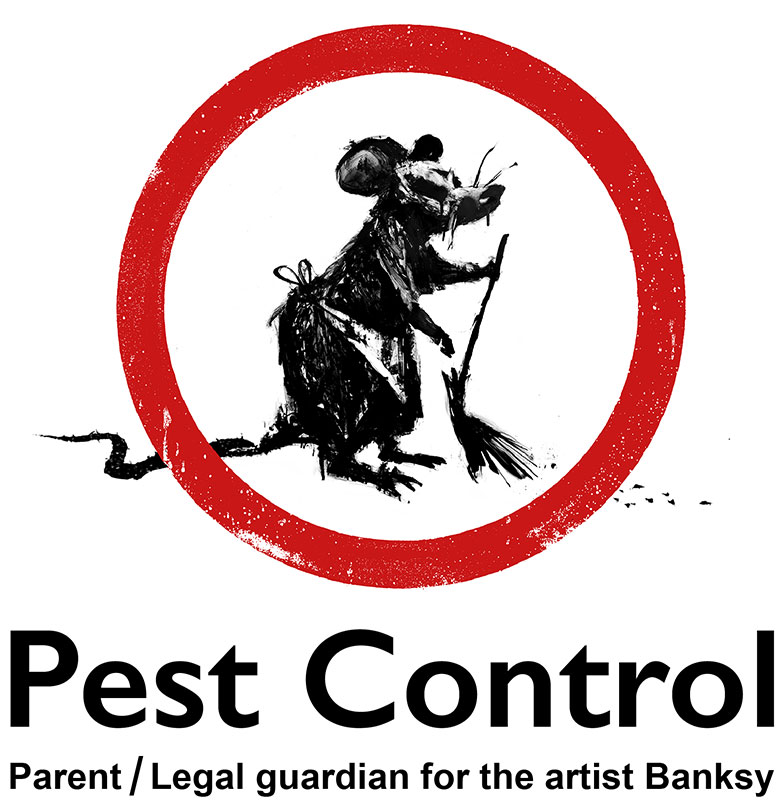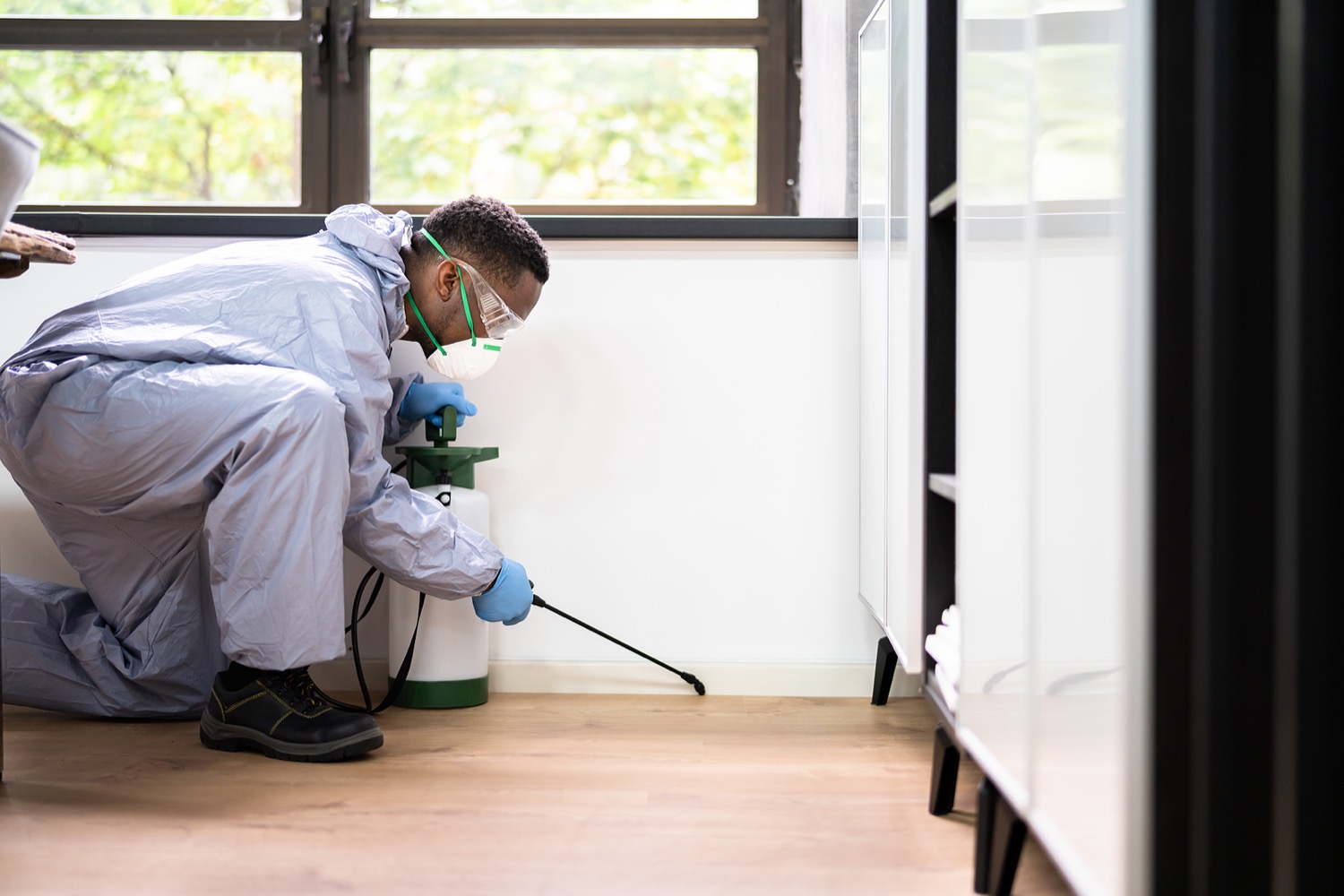Bed Pest Treatment Breakdown: Comparing Chemical Vs. Non-Chemical Solutions
In the realm of insect control, specifically when taking care of the consistent issue of bed pests, the option in between chemical and non-chemical therapy remedies can be a pivotal one. Both methods provide unique benefits and drawbacks, affecting aspects such as performance, safety considerations, and total price. By examining the nuanced details of each approach, a clearer understanding of which path to go after in addressing a bed pest infestation can be attained.
Effectiveness of Chemical Treatments
Chemical treatments for bed bug problems have actually been commonly recognized for their potent and quick efficiency in removing these pests. When considering the effectiveness of chemical treatments, it is vital to comprehend that they can give a comprehensive and quick service to a bed pest trouble.
In addition, chemical therapies have the advantage of using residual results, implying that they can remain to eliminate bed insects even after the first application. This recurring activity is specifically helpful in combating any type of possible re-infestations. Additionally, the fast activity of chemical treatments can bring relief to individuals encountering serious bed insect problems, allowing them to regain control of their living rooms promptly.
Safety And Security Interest In Chemical Solutions
When utilizing chemical remedies for bed insect treatment is making certain the safety and security of residents and the setting,One crucial element that needs mindful consideration. While chemical therapies can be reliable in getting rid of bed insects, they might position dangers if not taken care of appropriately. One of the main safety and security interest in chemical options is the possible damage they can cause to human wellness. Direct exposure to certain chemicals made use of in bed pest therapies can lead to breathing problems, skin inflammation, or other adverse reactions, especially in people with pre-existing problems or level of sensitivities. Additionally, inappropriate application or dose of chemical pesticides can lead to hazardous deposits sticking around in the cured location, positioning long-lasting wellness dangers to occupants.
Furthermore, the environmental influence of chemical remedies is another considerable consideration. Some pesticides utilized in bed pest treatments might be dangerous to valuable pests, wild animals, and environments if they leach into the dirt or water supply. It is important to utilize chemical treatments sensibly, adhering to safety and security guidelines, and considering less poisonous options to minimize these risks and make certain the efficient and secure monitoring of bed bug infestations.
Benefits of Non-Chemical Methods
Considering the possible security concerns and ecological effect connected with chemical solutions for bed insect therapy, discovering non-chemical techniques presents a promising choice with numerous distinct benefits. Non-chemical approaches supply a much safer option for homes, particularly those with kids, individuals, or family pets conscious harsh chemicals. These techniques eliminate the risks of direct exposure to toxic materials, decreasing the capacity for adverse health results. Moreover, non-chemical therapies are environmentally friendly, as they do not add to air or water air pollution, making them a lasting option for pest control.
Furthermore, non-chemical options can be effective in targeting bed bugs, including hard-to-reach locations where chemical therapies may not permeate - A1 exterminators charlotte nc. Approaches such as warmth therapy, vacuuming, heavy steam cleansing, and cushion encasements offer extensive removal without the usage of harmful chemicals.
Limitations of Non-Chemical Treatments

Furthermore, non-chemical treatments typically call for multiple applications to attain effective elimination. This can be lengthy and may not constantly assure full elimination of all bed bugs and their eggs, especially in covert or hard-to-reach places.
In addition, the success of non-chemical therapies greatly depends on appropriate implementation and thoroughness, which can be challenging for individuals without professional knowledge. Inadequate application of non-chemical approaches may result in incomplete obliteration, leading to persistent infestations and the need for additional therapies.
Consequently, while non-chemical treatments have their advantages, it is vital to acknowledge these restrictions and consider them when determining the most effective strategy for managing bed bug infestations.
Expense Comparison: Chemical Vs. Non-Chemical Options
Given the restrictions associated with non-chemical therapies, a read here vital facet to examine in the context of bed bug administration is the price comparison in between chemical and non-chemical choices. Chemical therapies normally include the application of insecticides by experts, which can link vary from $250 to $900 per room, depending on the severity of the infestation and the size of the location to be dealt with. On the other hand, non-chemical therapies like warm therapy or heavy steam can be much more costly, with costs ranging from $1,000 to $6,000 for a whole home. While the preliminary expense of chemical treatments may seem reduced, multiple treatments may be required to totally remove the problem, potentially enhancing the total price. On the various other hand, non-chemical choices may supply an extra sustainable and eco-friendly option, although they can be cost-prohibitive for some individuals. Eventually, when considering the cost of bed bug therapy alternatives, it is important to evaluate the in advance expenses against the performance and long-term sustainability of the chosen technique.
Verdict

Thinking about the possible safety problems and ecological impact associated with chemical solutions for bed pest therapy, checking out non-chemical strategies offers an appealing choice with numerous distinctive benefits.Given the limitations associated with non-chemical treatments, a vital element to assess in the context of bed insect administration is the expense comparison in between chemical and non-chemical alternatives. In comparison, non-chemical treatments like heat therapy or steam can termite treatment systems be a lot more expensive, with prices varying from $1,000 to $6,000 for a whole home. While the initial price of chemical treatments might appear reduced, numerous treatments might be needed to completely eliminate the invasion, potentially enhancing the total price.In verdict, when contrasting chemical and non-chemical bed bug therapy choices, it is necessary to consider effectiveness, safety and security, advantages, constraints, and cost.
Comments on “Experienced A1 Exterminators Charlotte NC - Rapid and Reputable Solutions”